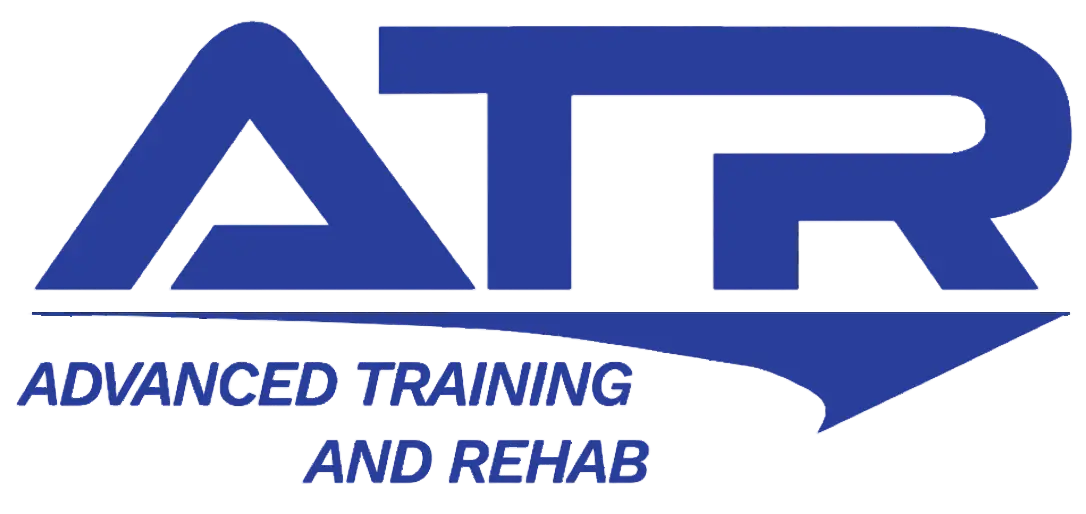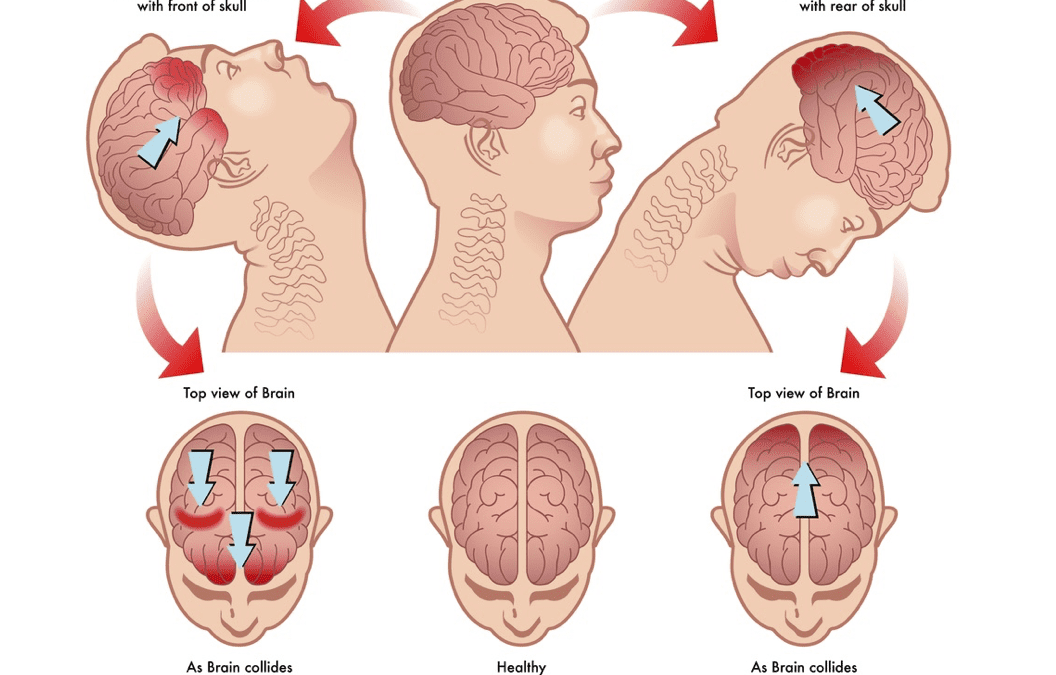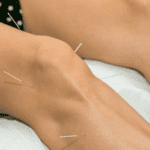Whiplash-Your pain explained!
What is Whiplash?
Whiplash is caused when your head is forcefully moved, such as in a car accident, backward then forward. This quick motion can cause injury to the soft tissue that supports the neck, discs and spine. Whiplash may also be called a neck sprain or strain.
How does whiplash occur?
Whiplash can be caused by car accidents, sports related injuries and other violent movements of the head.
Prognosis
Most people experiencing whiplash will improve after a few weeks with early treatment and exercise. Some patients may experience more severe symptoms that include headaches, vestibular symptoms, and/or concussion symptoms that may take longer to subside.
Symptoms
- Headache Neck pain and stiffness
- Dizziness
- Nausea
- Pain into upper extremities
- Loss of range of motion in the neck
- Fatigue
- Tenderness of soft tissue structures in the neck and upper back
Some more severe symptoms may include difficulty concentrating, sleep disturbances, memory problems, depression, mood changes, and vision changes
Diagnosis
A medical doctor will diagnose an injured person based on their symptoms and a physical exam. Patient’s may receive an X-ray to rule out any bone injuries. If symptoms persist, the doctor may order an MRI to look at the soft tissue to see if there is any further injury.
Treatment
Once diagnosed with whiplash, you may be referred to physical therapy. The physical therapist will evaluate you and determine your best path of treatment. Treatments in physical therapy may include use of heat and/or ice, soft tissue mobilization, joint mobilization, neck ROM exercises, and postural strengthening exercises. Activity modification may be recommended to help alleviate pain initially.
Exercises
Many of the exercises used to treat whiplash are focused on improving motion, decreasing muscle tension, and progressing stability with functional tasks.
STEP 1 Upper Trapezius Stretch Setup Begin in a standing upright position. Place one arm behind your back, and grab it just above the wrist with your other hand. Movement Gently bend your neck sideways, then pull your arm downward. You should feel a stretch in your neck and upper back. Tip Make sure to keep your movements gentle and do not stretch through pain.
STEP 2 Seated Cervical Rotation AROM Setup Begin sitting in an upright position. Movement Turn your head to look over one shoulder until you feel discomfort, then return to the starting position and repeat to the other side. Tip Make sure keep your back straight and do not bend your head forward, backward, or sideways.
STEP 3 Standing Backward Shoulder Rolls Setup Begin in a standing upright position with your arms at your sides. Movement gently roll your shoulders backwards. Repeat this movement.
Tip Make sure to maintain good posture during the exercise.
STEP 4 Neck Retraction Setup Begin sitting upright. Movement Gently draw your chin in while keeping your eyes fixed on something in front of you. Relax and repeat. Tip Make sure that you do not look down as you do this exercise, or bend your neck forward. Stop if you start to feel dizzy. You should not feel any strain or pain.




